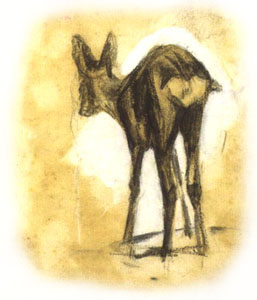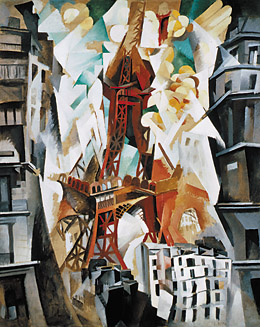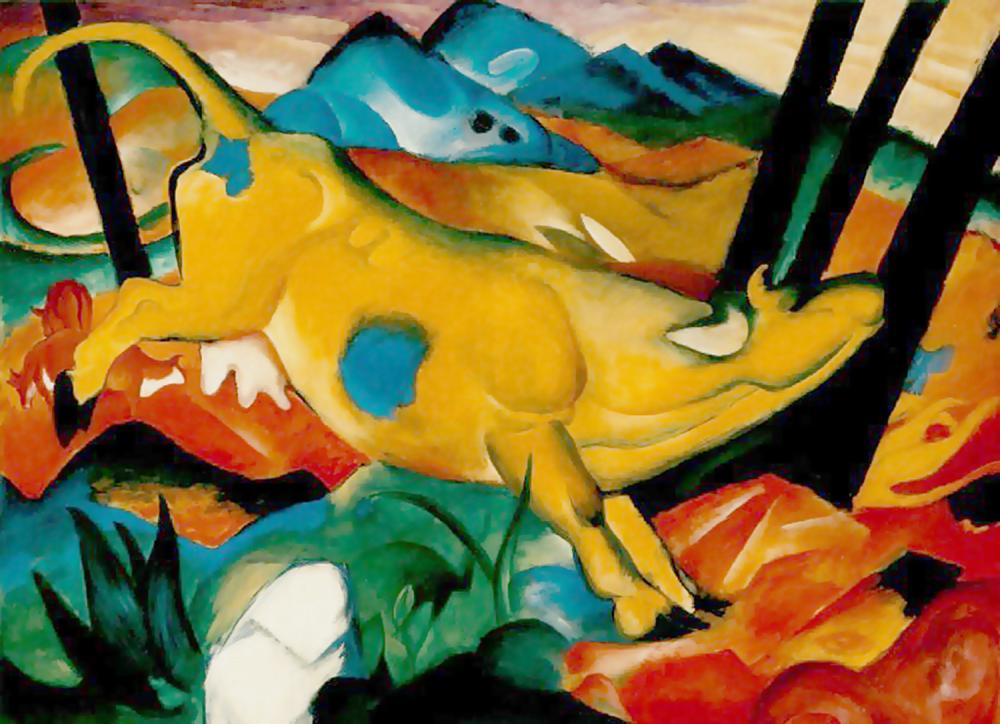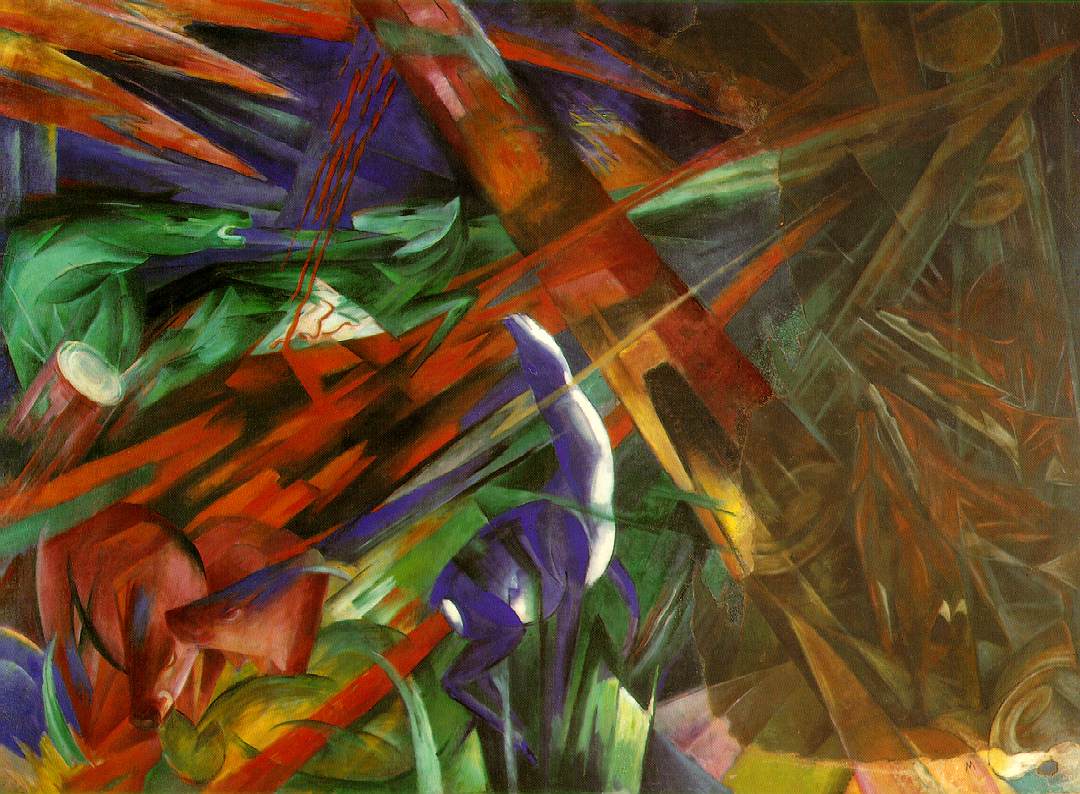 |
||||
|
|
|
|
|
|
| |
||||
Born in 1880, the German Expressionist artist began his life as a shy, reclusive boy, attentive of the world around him. He began observing and sketching animals at a very young age. As he matured, he considered a possible career in philosophy after befriending Germanic philologist, Dr. August Caselmann. Regardless, he soon came to realize his calling was in art. After enrolling in Munich Academy of Fine Arts in 1900, his style displayed the conservative naturalism prominent at the institution.

In 1905,
wedding bells were ringing for Marc. Unfortunately, marital bliss with
fellow artist, Marie Schnur, did not last long. After the wedding ceremony,
young Franz Marc fled to Paris. Despite enduring a rocky personal life,
plagued by depression, Marc’s trip to France proved to be a significant
step in his artistic progression. Exposed to the art of Post-Impressionists
Cezanne, Gauguin, and Van Gogh, the young artist’s traditional training
was challenged. The symbolism and emotion of Van Gogh’s work had
a particularly strong impact on Marc.
Another important turning point in the life of Franz Marc occurred in
1910, when Marc met August Macke and Vasily
Kandinsky. It was at that year that Marc and Kandinsky established
the Blue Rider movement that embodied the majority
of Marc’s most characteristic pieces.
Yellow
Cow (1911)
(click image for larger
view)
In 1911, Marc found romance again. His happy marriage to Maria Franck is represented in Marc’s piece, Yellow Cow (1911). (See Symbolism for more information on Marc's use of symbolic color in the painting).
Orphism focused on the faceted, broken down forms of Analytic Cubism, yet incorporated contrasting colors. In 1912 during a trip to Paris, Marc befriended and fell under the influence of the prominent Orphist artist, Robert Delaunay.

Tiger (1912)

Delaunay, The Red Tower (1911)
Fate
of Animals (1913)
(click image for larger view)

